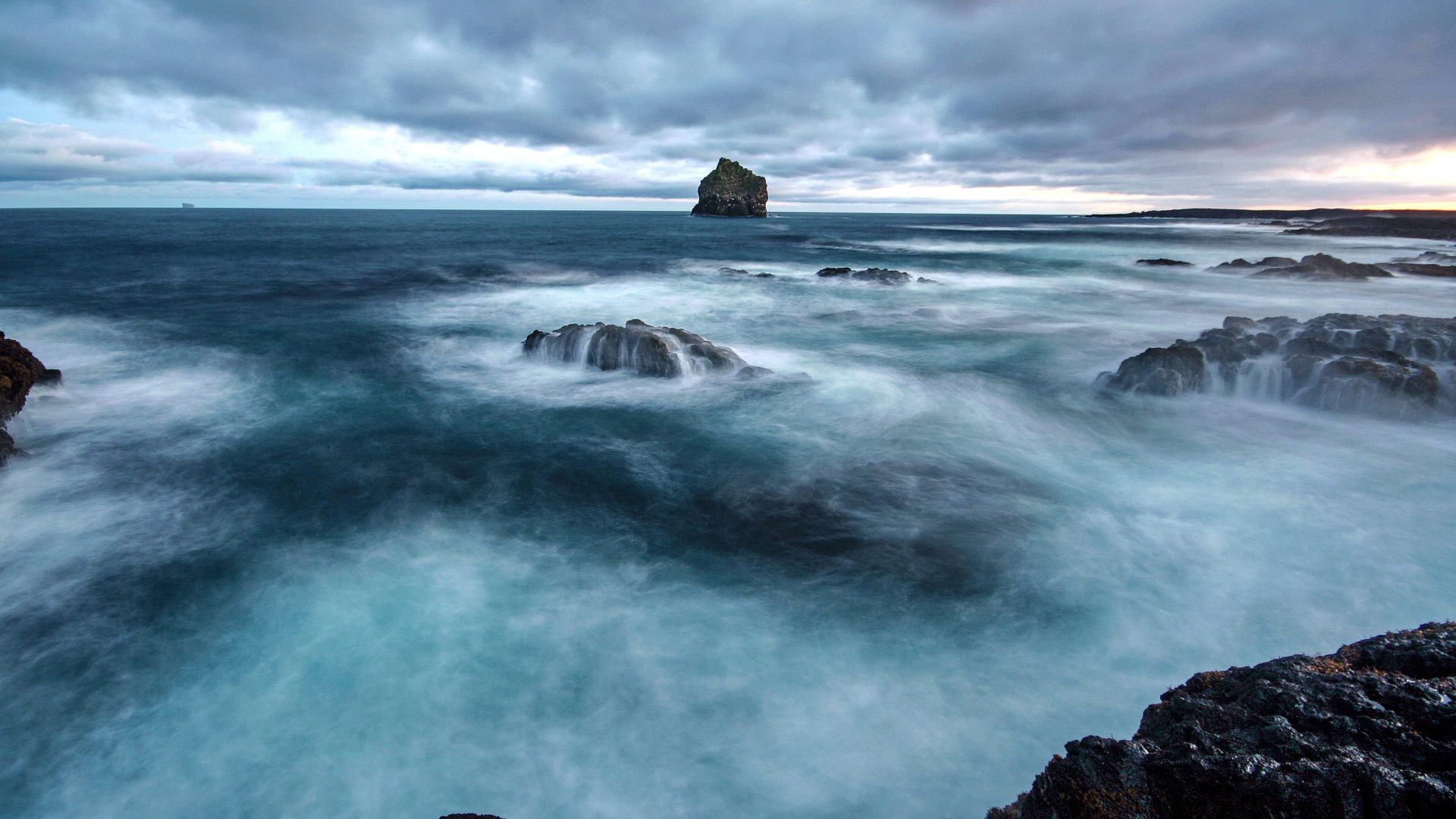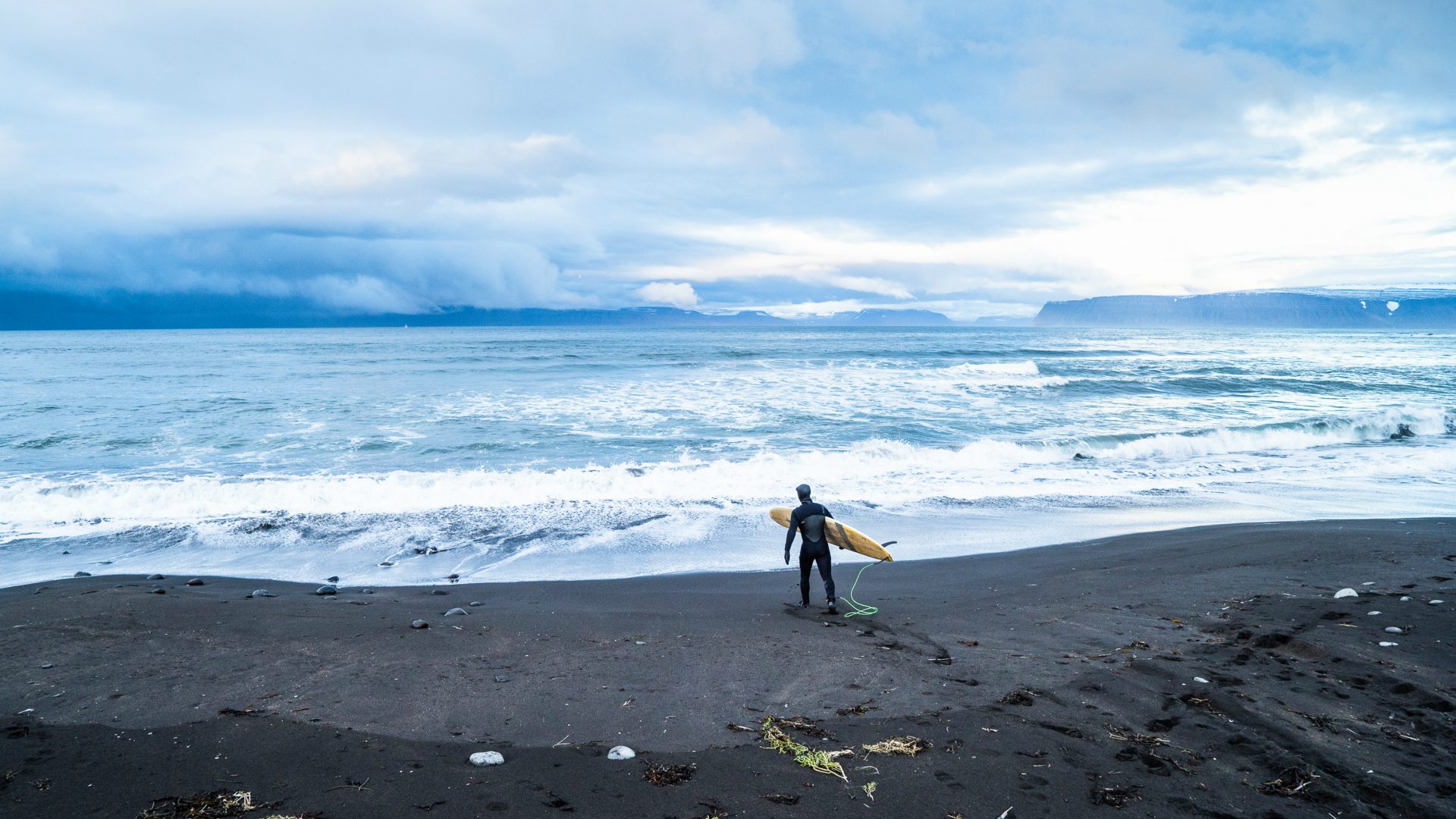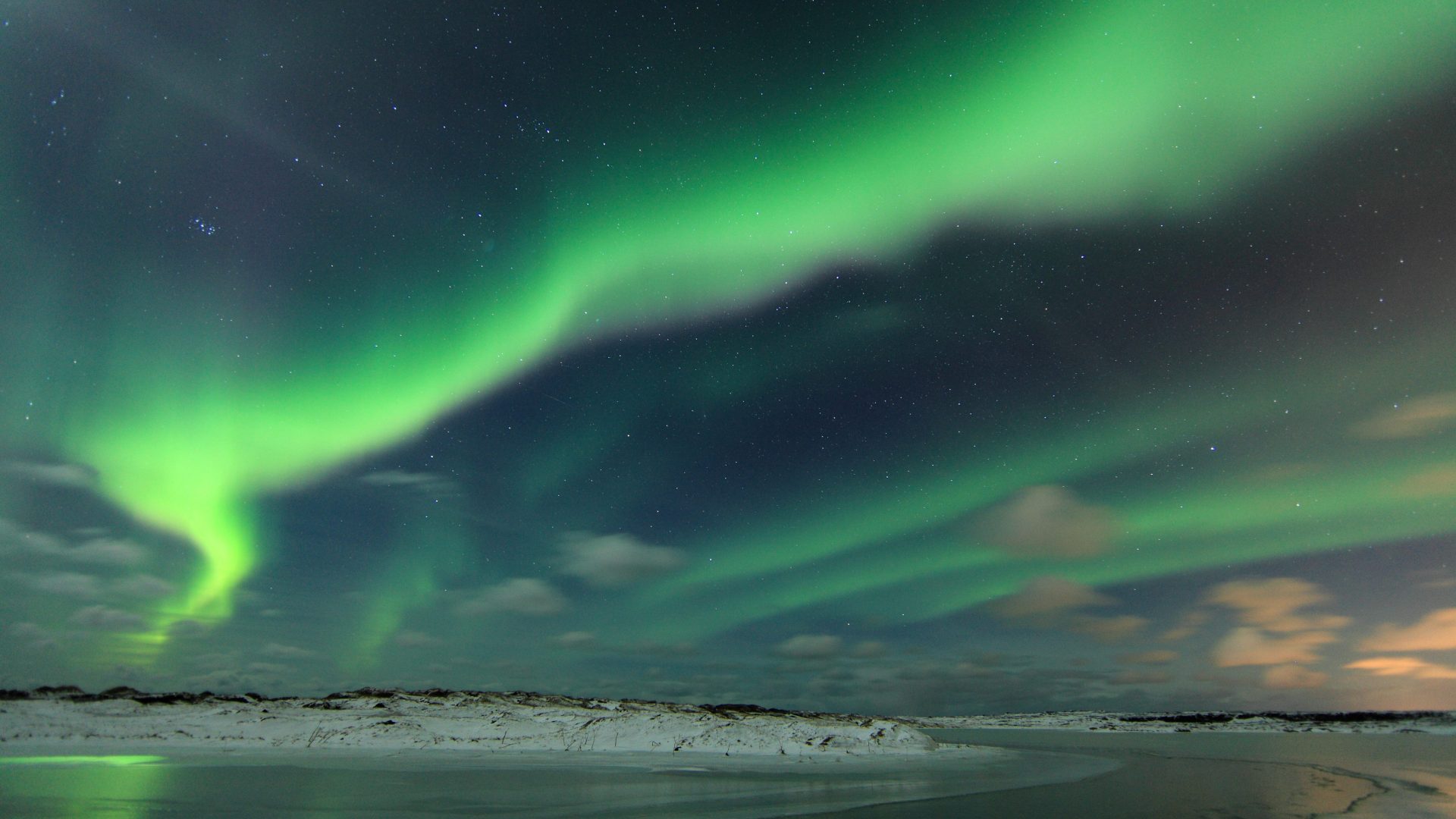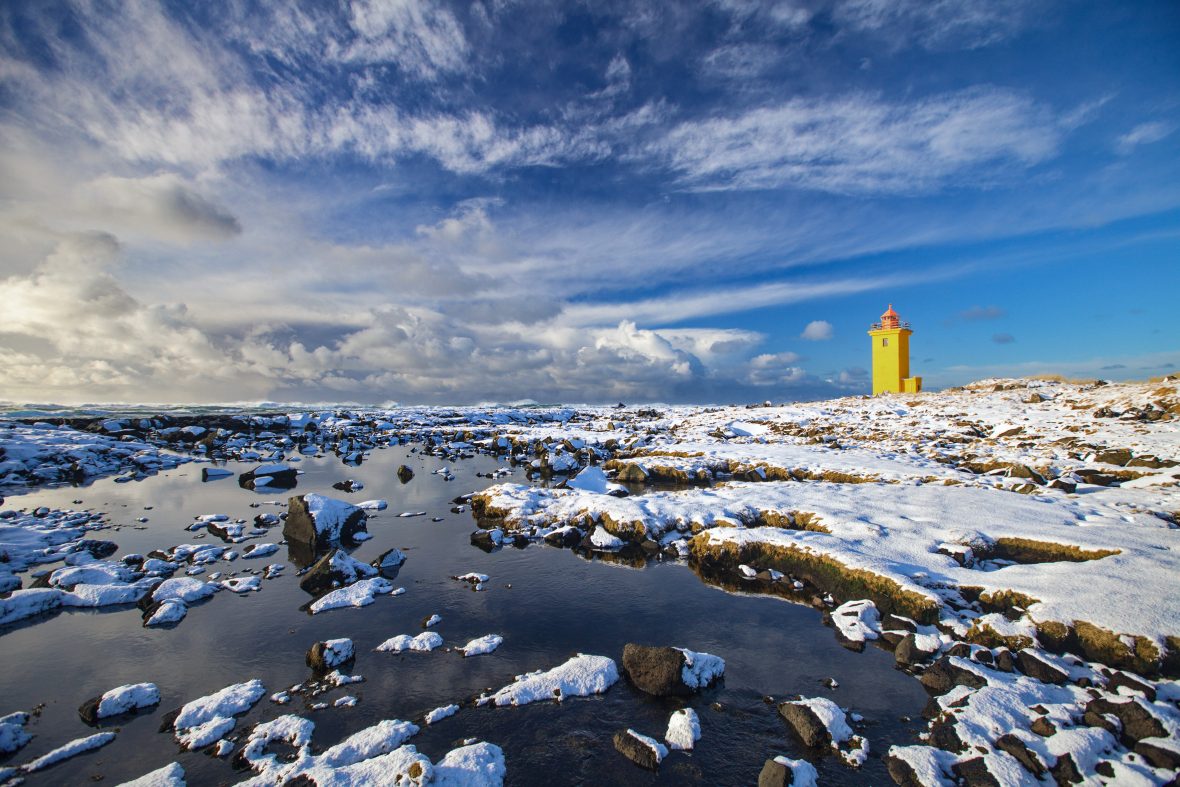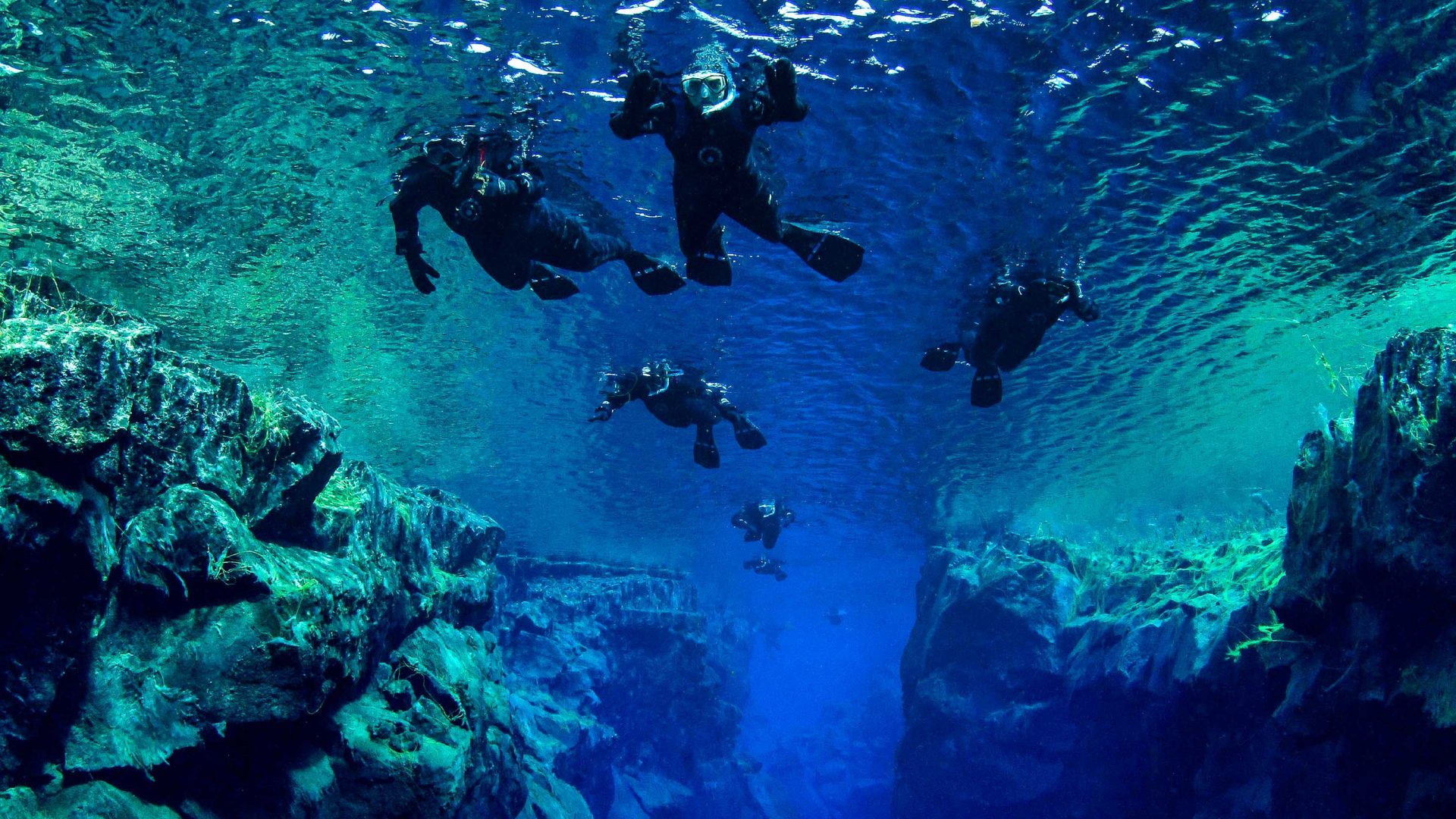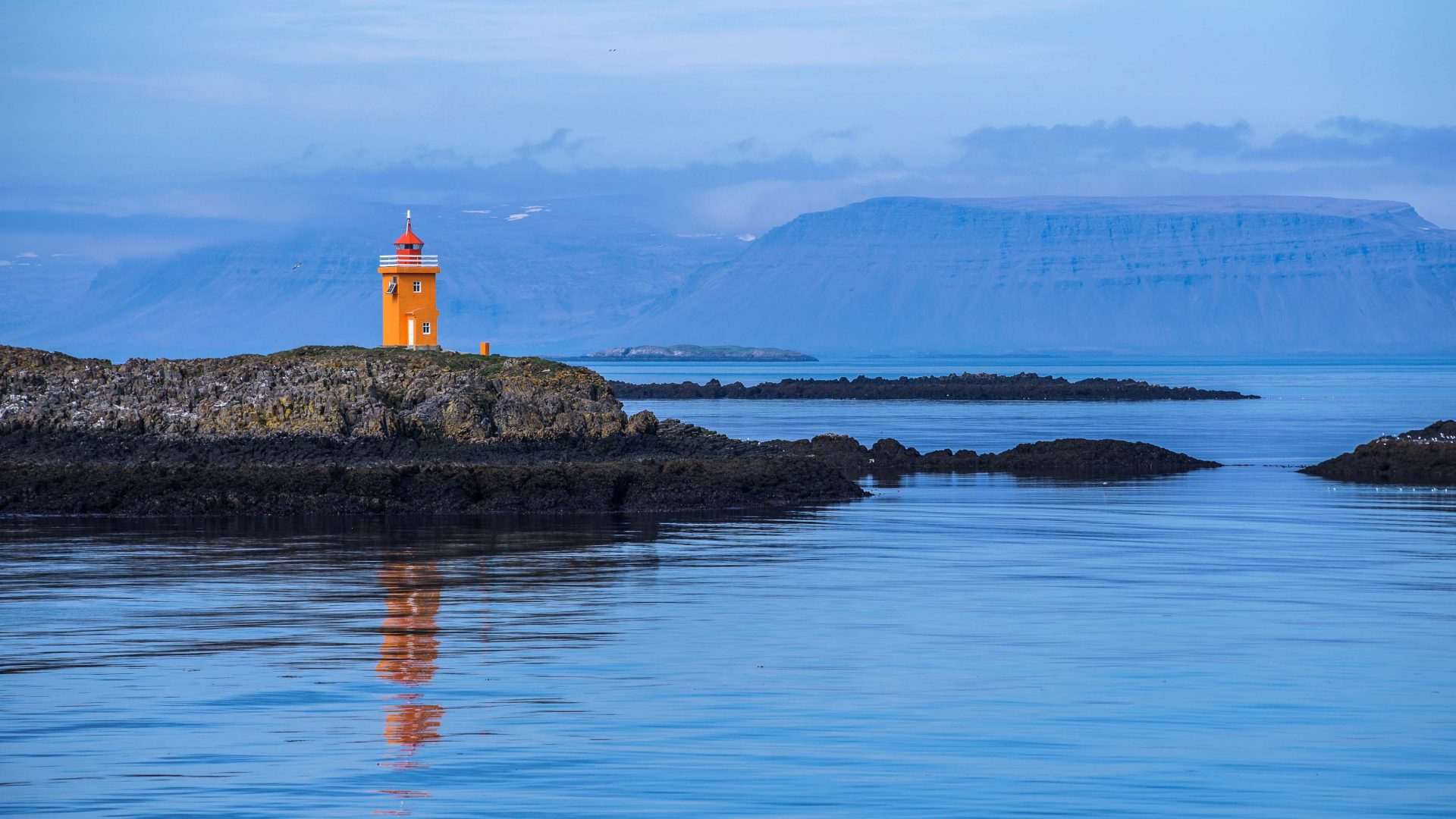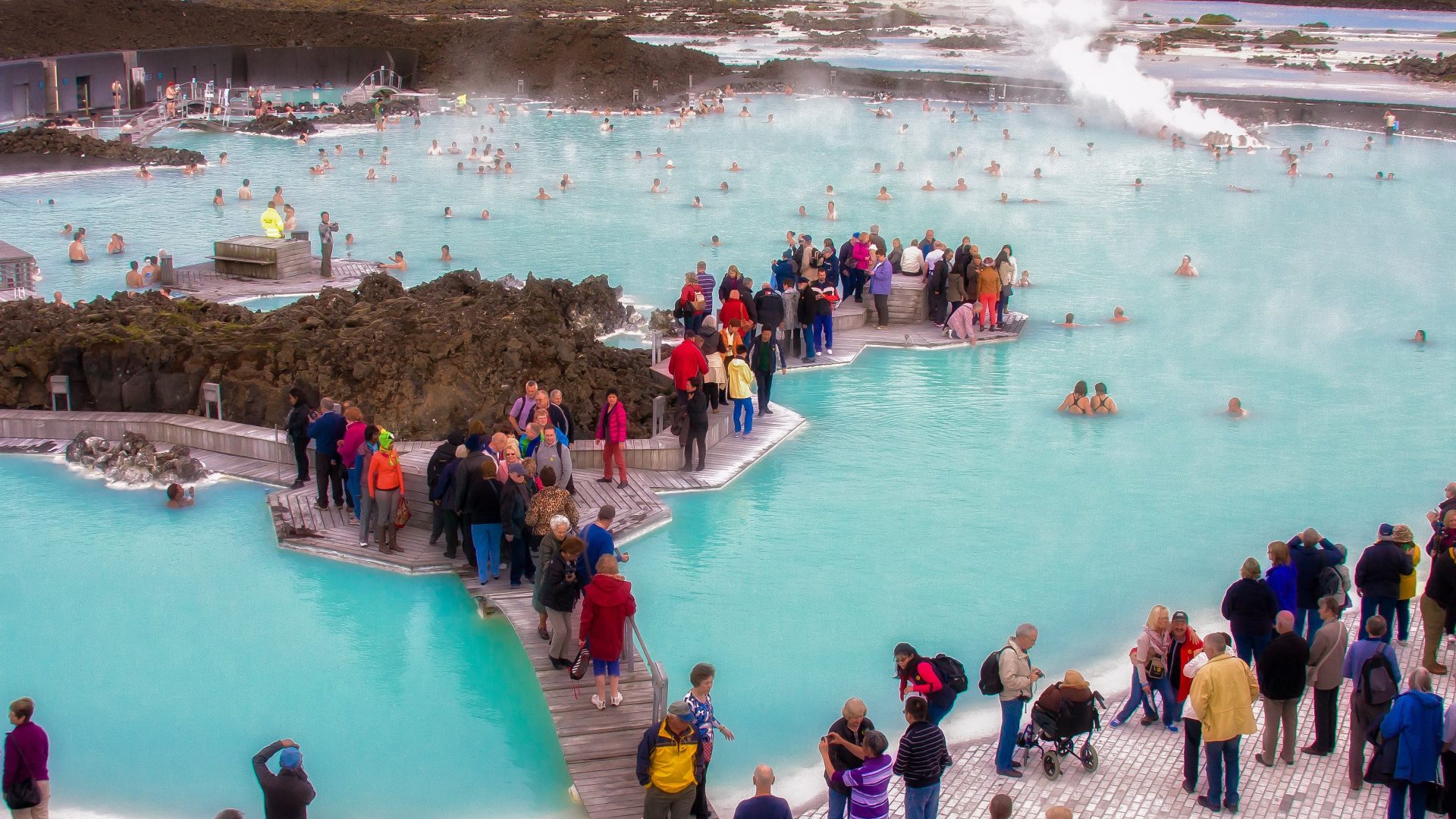
Iceland may not be the first place which comes to mind when you think about surfing. But in these windy waters, it’s not always easy to catch a break, as writer James Stewart discovers when he talks to the man who’s discovered more surf spots here than anyone else.
For decades, the surfing dream has been tropical. The sport’s imagery—hibiscus flowers and palm trees, Hawaiian shirts and flipflops—originates from its warm-water wellsprings of Hawaii and California. Perfection to most surfers is a glassy wave you can ride wearing only boardshorts and sunblock.
Yet wanderlust—or at least the promise of an empty peak—is hardwired into the surfing psyche, and as wetsuit technology has improved, surf breaks have become colder. Today’s surf adventurers head not to Bali but to British Columbia and Iceland. Surprised? You won’t be the first. The standard reaction to Icelandic surfing hasn’t changed much since American personnel stationed at NATO’s Keflavik air base in the early 1990s rode waves at Sandvig, on Reykjanes Peninsula.
“I was, like, ‘Surfing in Iceland? Are you kidding me?’” Ingó Olsen recalls. Then a semi-pro snowboarder, he learned about local wave-riding in 1997. “I went along one summer evening with a friend. I had an old wetsuit, wool socks with plastic bags over them, sneakers and a foam board shared between two of us. It was so much fun. I was, like, ‘OK, I need to check this out.’”

